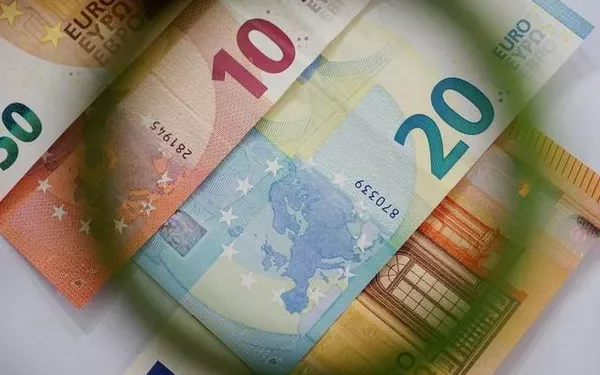The EUR/GBP cross witnessed an uptick on Wednesday, reaching a fresh daily peak in the range of 0.8555-0.8560 following the release of UK consumer inflation data. However, despite the initial surge, spot prices failed to sustain momentum and remained within a familiar trading band that has persisted since the start of the month.
According to the UK Office for National Statistics (ONS), the headline Consumer Price Index (CPI) showed a 0.6% increase in February, contrasting with the 0.6% decline recorded in the previous month and against consensus estimates. Nevertheless, the yearly inflation rate decelerated more than anticipated, slipping from 4.0% in January to 3.4% in the reported month, marking its lowest level since September 2021.
Additionally, the Core CPI registered a decline from a year-on-year rate of 5.1% to 4.5% in February, falling short of expectations. These figures, coupled with the technical recession experienced by the UK in the fourth quarter, heighten expectations for an early interest rate cut by the Bank of England (BoE). Consequently, this undermines the value of the British Pound (GBP) and lends some support to the EUR/GBP cross.
However, it’s noteworthy that UK inflation remains well above the BoE’s target of 2.0%, which helps mitigate losses for the GBP. Conversely, the Euro (EUR) remains under pressure amid speculations that the European Central Bank (ECB) may initiate interest rate cuts as early as June, further limiting the upside potential for the EUR/GBP cross.
Furthermore, traders appear cautious in making significant directional bets and are opting to wait on the sidelines ahead of the BoE’s policy meeting scheduled for Thursday. Consequently, it would be prudent to await a sustained breakout beyond the short-term trading range before considering positions for a potential extension of the recent rebound from the psychological level of 0.8500.




























